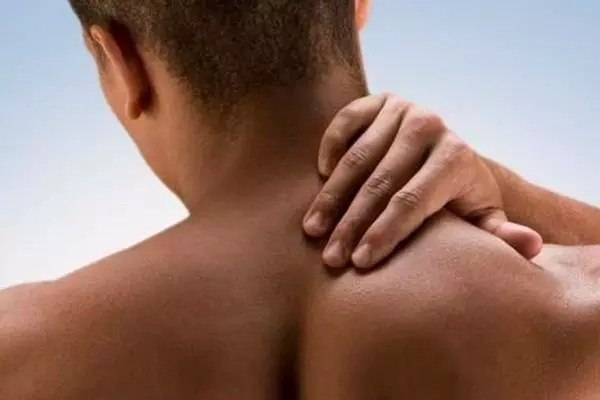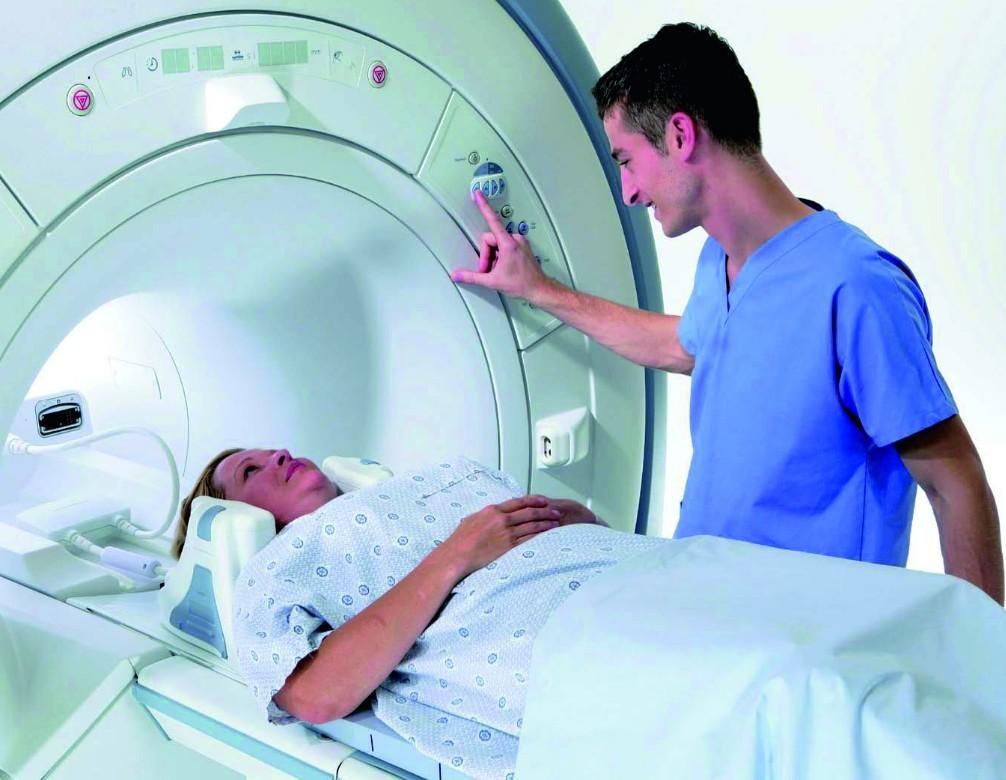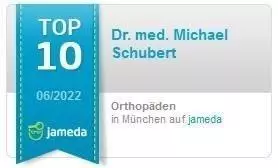Quick overview :
Neck pain and its treatment
There has been a significant increase in wear-related complaints in the neck region, not only due to increasing static workplace conditions, such as sitting and working at the computer, but also to whiplash-like injuries to the cervical spine.
Neck pain can often be alleviated very well in the initial phase with manual therapy and physiotherapy, and targeted strengthening therapy (MedX / Kieser Training /FPZ) can even prevent further progression of the wear and tear processes.
Common complaints
- Neck pain that extends to the head and/or shoulder region
- Pain, dysesthesias, or weakness extending from the neck to the arms, backs of the hands, and/or fingers
- Shoulder pain with sensory disturbances in the deltoid area and/or weakness or paralysis when lifting the arm sideways.
The individual symptoms depend primarily on which section of the cervical spine is affected or whether and to what extent neighboring nerves are squeezed by a herniated disc.
Diagnostics / indication
Degenerative disc diseases in the cervical spine usually cause constant, severe neck pain and/or headaches. Evidence of such a disease is initially provided radiologically using X-rays and magnetic resonance images and also by means of a discography.
In order to be able to treat your neck pain successfully, the neck pain described must be traced back to the segment to be operated on. A careful clinical examination in combination with imaging methods such as computer or magnetic resonance imaging is therefore the be-all and end-all for successful therapy of your disc disease.
How is it treated?
Conservative treatment
A herniated disc of the cervical spine without paralysis is usually initially treated conservatively with pain-relieving medication and rest; Accompanying measures such as heat or electrotherapy as well as physiotherapy under physiotherapeutic guidance can provide relief.
In stubborn cases, injections of local anesthetics and cortisone preparations next to the constricted nerve root (periradicular infiltration) or next to the spinal cord (peridural infiltration) also help in the short term. In the case of severe neurological deficits, inpatient treatment with infusions containing cortisone to reduce swelling and inflammation, as well as painkillers, may also be necessary.
If the symptoms do not improve significantly within 6 - 8 weeks, an operative therapy should be considered!
Surgical treatment - what are the options?
Another special focus in the APEX Spine Center is the percutaneous nucleotomy in the area of the cervical spine. This revolutionary surgical technique is almost exclusively performed by Dr. Schubert performed. In contrast to other surgical methods, the complete intervertebral disc is not removed and replaced by a placeholder (cage, bone block or prosthesis), as is usually the case, but only the herniated disc is removed under local anesthesia. The natural mobility and stability of the cervical spine is thus retained.
Ultimately, this surgical method is analogous to intervertebral disc surgery in the lumbar spine area, where only the herniated disc is removed and not the entire intervertebral disc is replaced by an artificial placeholder.
- Percutaneous intervertebral disc surgery on the cervical spine
- Endoscopic disc surgery of the lumbar spine
The prosthesis
If the increasing neck pain and headaches cannot be alleviated by means of conservative therapies, a disc replacement ( prosthetic disc ) is usually the only solution if you want to prevent the neck vertebrae from stiffening. This relatively new technology has quickly established itself as a real hit worldwide. Due to the safe, easy handling and the many advantages for the patient, it replaces the classic stiffening operation in many places.
After various types of intervertebral disc prostheses had been successfully tested, we decided on the ACTIVE C (from Aesculap) and the LDR intervertebral disc prosthesis (Mobi-C). This prosthesis, developed by an international group of spine specialists, has the widest range of sizes and offers the patient unrestricted freedom of movement while maintaining stability.
- Intervertebral disc prosthesis of the cervical spine
Other topics / links
- Herniated disc in the cervical spine
- Stenosis / narrowing in the cervical spine



